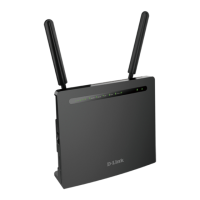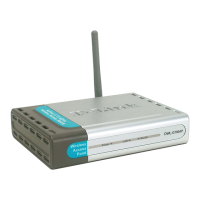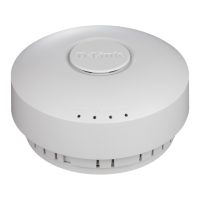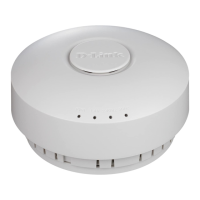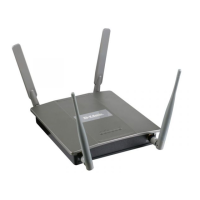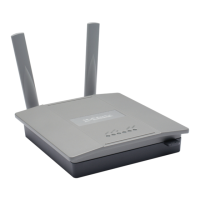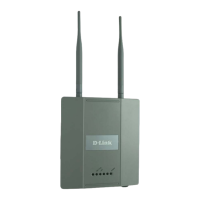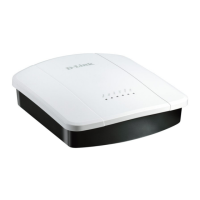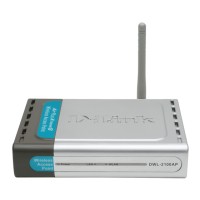222 © 2001- 2008 D-Link Corporation/D-Link Systems, Inc. All Rights Reserved.
CLI Command Reference
<user-id> variable is the user ID, which can be from 1 to 128 alphanumeric characters. The
<octets> variable is the number of bytes.
Default 0
Format
user <user-id> rate-limit input-octets <octets>
Mode Captive Portal Config Mode
Example:
The following shows an example of the command.
(Switch)(Config-CP) #user 1 rate-limit input-octets 100<cr>
no user rate-limit input-octets
This command sets the user rate-limit input-octets to the default value.
Format
no user <user-id> rate-limit input-octets
Mode Captive Portal Config Mode
Example:
The following shows an example of the command.
(Switch)(Config-CP) #no user 1 rate-limit input-octets<cr>
user rate-limit output-octets
Use this command to limit the number of octets the user is allowed to receive. After this limit
has been reached, the user will be disconnected. 0 octets denote unlimited transmission. The
<user-id> variable is the user ID, which can be from 1 to 128 alphanumeric characters. The
<octets> variable is the number of bytes.
Default 0
Format
user <user-id> rate-limit output-octets <octets>
Mode Captive Portal Config Mode
Example:
The following shows an example of the command.
(Switch)(Config-CP) #user 1 rate-limit output-octets 100<cr>
no user rate-limit output-octets
This command sets the user rate-limit output-octets to the default value.
Format
no user <user-id> rate-limit output-octets
Mode Captive Portal Config Mode
Example:
The following shows an example of the command.
(Switch)(Config-CP) #no user 1 rate-limit output-octets<cr>

